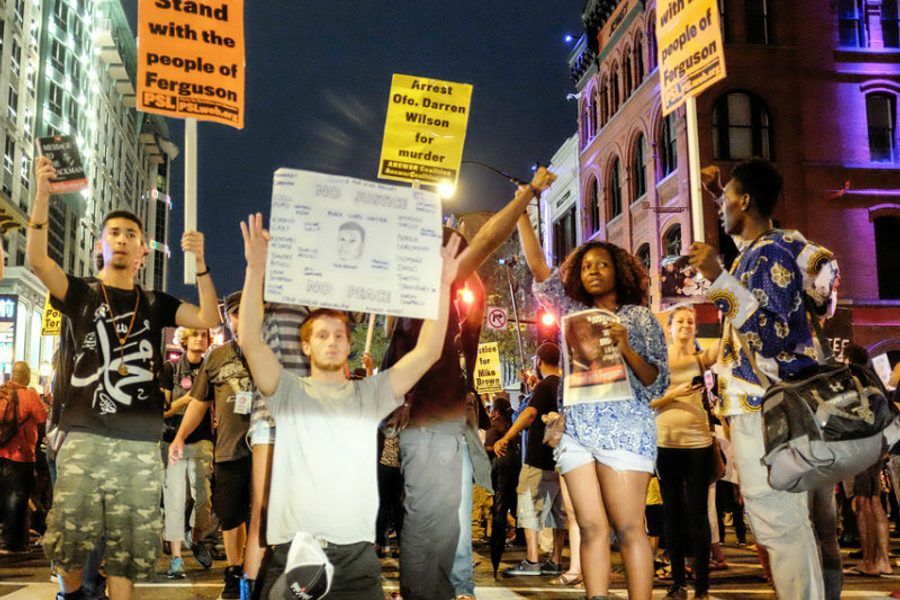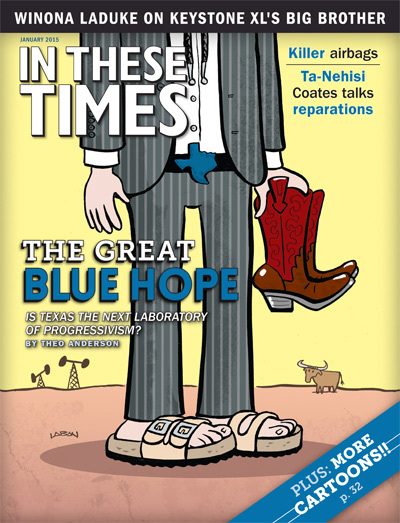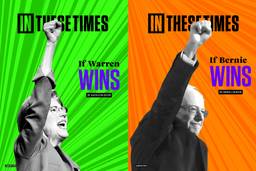
Early in the Occupy movement, Frances Fox Piven predicted, “We may be on the cusp, at the beginning of another period of social protest.” Months later, in September 2012, long after the last tent had folded, Piven questioned the “ready conclusion that the protests have fizzled.” As she and Richard Cloward noted 35 years earlier in their pivotal study, Poor People’s Movements: Why They Succeed, How They Fail, the Civil Rights Movement of the 1950s and 1960s and the labor movement of the 1920s and 1930s took years to win substantial victories.
As the nation erupts in protests, her words ring prophetic. The killing of unarmed teenager Michael Brown by police officer Darren Wilson in Ferguson, Missouri, has put a match to years of simmering fury over police brutality. Ferguson may seem a far cry from Occupy. These protests aren’t about inequality; they’re about policing. Yet many of the 1960s civil rights riots were set off by police brutality. For people in poor communities, overpolicing is the most palpable manifestation of economic and political oppression.
Piven is heartened by the Ferguson protests. “Occupy was brilliant in getting a message across, but these protests are disruptive. They [are] specifically, deliberately, planfully setting out to disrupt the functioning of the city until attention is paid to the grievance they have,” she tells In These Times. “Protesters have to bring things to a halt in order to have an impact.”
Those in power seem nervous. In a speech following a grand jury’s decision not to indict Wilson, Barack Obama sounded less like the man who, after the Trayvon Martin verdict, spoke candidly and movingly of his personal experiences of racial profiling by police, and more like the lord of the manor with the mob at the door. “First and foremost, we are a nation built on the rule of law,” he stressed.
One imagines mayors across the nation peeking through their blinds and praying, “Let this pass.” There’s no indication that it will. Soon after the Wilson verdict, another grand jury’s failure to indict the NYPD officer whose chokehold killed Eric Garner ignited protests in a half dozen cities.
The fire won’t lack fuel. In a survey of 105 of the 110 largest police departments in the United States, the Wall Street Journal found that police killed 1,800 people between 2007 and 2012. That’s almost one killing per day — enough to feed the kind of sustained, disruptive movement that Piven believes necessary for change.
Cities and the federal government have already offered a slew of concessions: civil rights investigations, body cameras, civilian review boards, increased diversity in police departments. But these reforms are not likely to fulfill protesters’ demand for a transformation of policing in the United States. On the question of where the protests are headed, activist Eugene Puryear said at a panel in D.C., “If we recognize the system doesn’t work for us … then you’re talking about getting rid of capitalism.”
How far will the movement go? Piven says that people tend to rise up only when they feel they can’t go through the political system. In the era of big-money politics, the actions of our elected leaders have become completely untethered from the will of the people. In that light, Occupy and Ferguson look less like isolated flare-ups and more like the start of something big.
Jessica Stites is Editor-at-large for In These Times.









